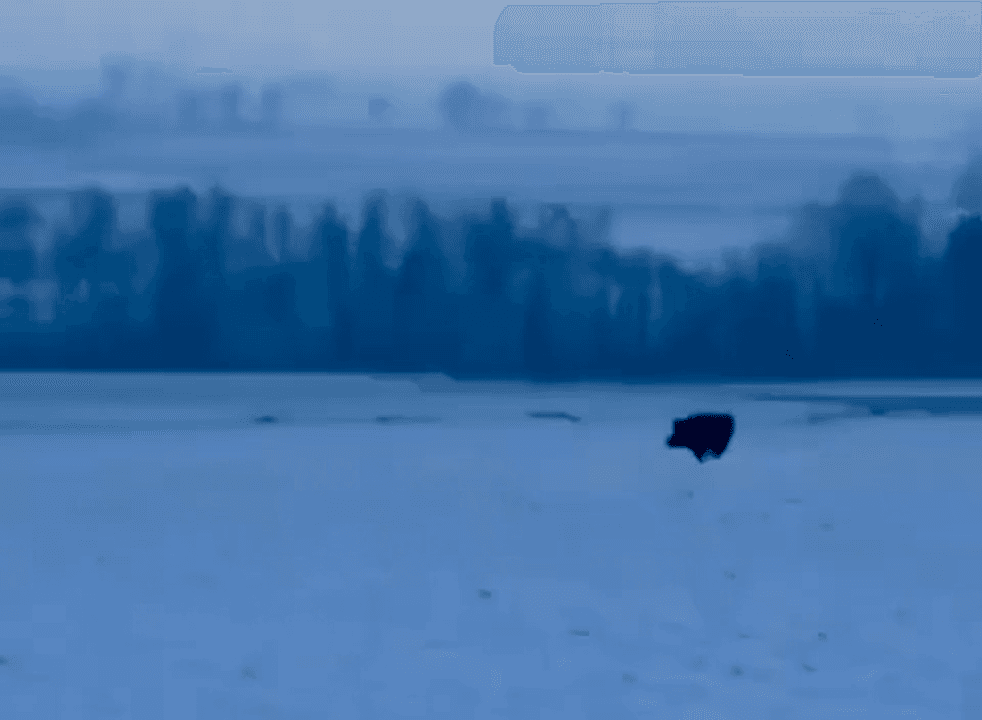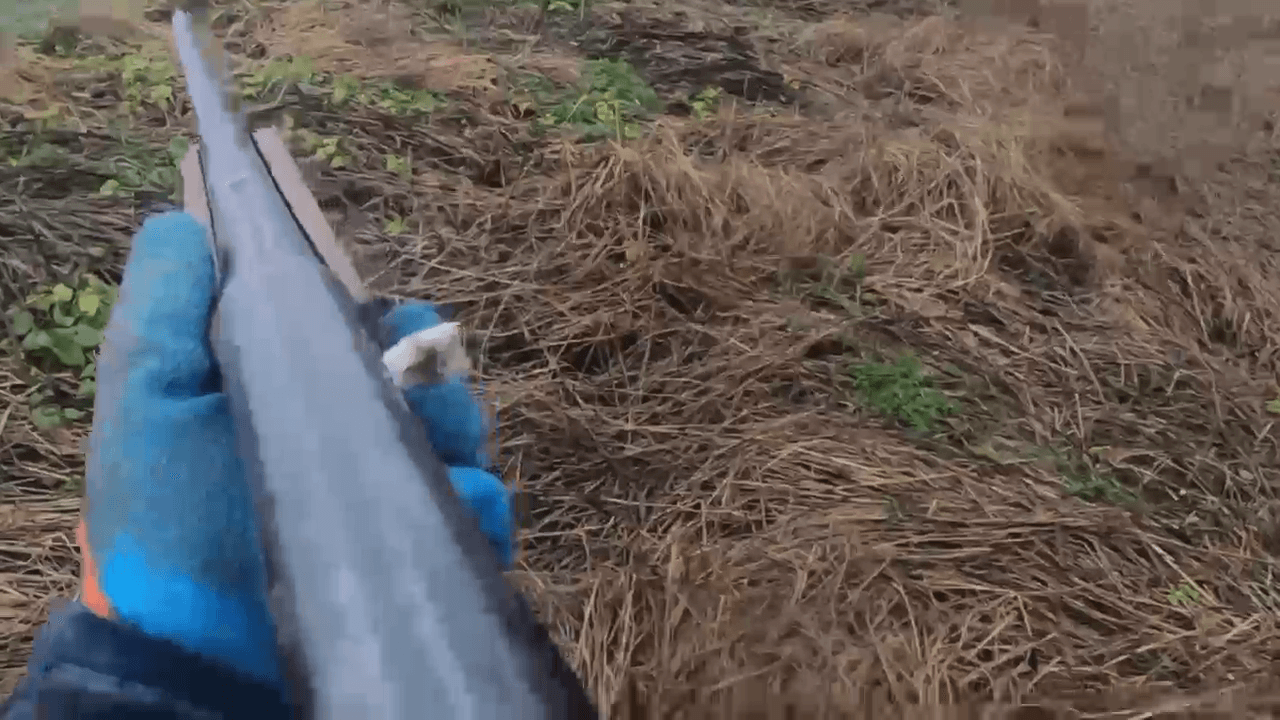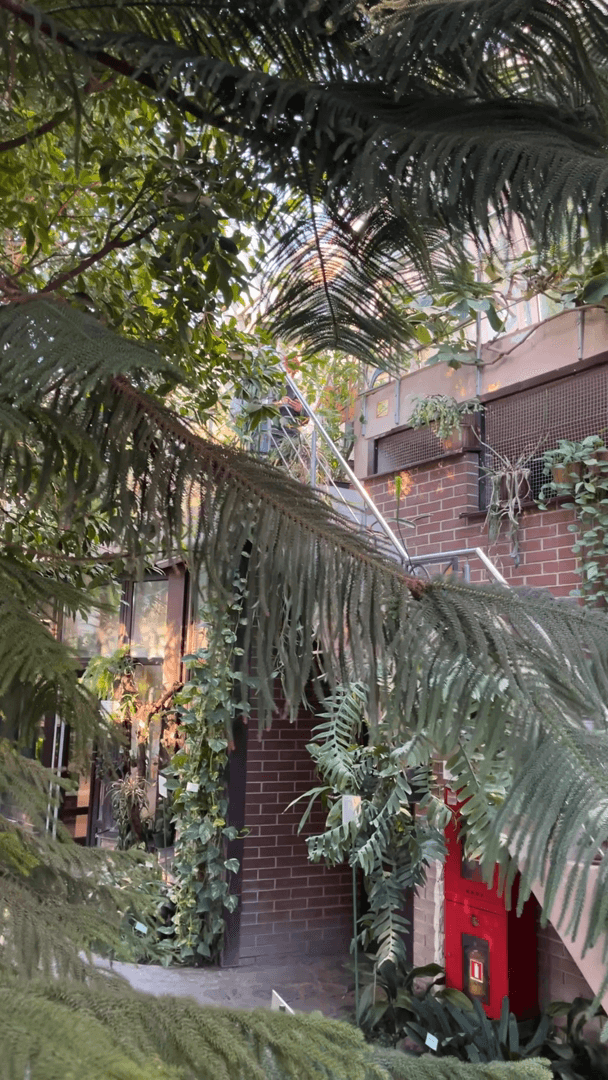
Hunting in NUNAVUT (Nvt.): Understanding Demographics and Regional Legislation, Geographical characteristics, Associations and Clubs, Laws and Hunting Seasons Nunavut (Nvt.), Canada’s largest and northernmost territory, is a hunter’s dream destination. With its vast, untouched landscapes, unique wildlife, and rich Indigenous hunting traditions, Nunavut offers an unparalleled hunting experience. This article explores the geographical features, hunting demographics, regulations, and traditions that make hunting in Nunavut a truly unique adventure. Geographical and Natural Features of Nunavut for Hunting Nunavut is a land of extremes, characterized by its Arctic tundra, icy coastlines, and rugged mountains. The territory spans over 2 million square kilometers, making it one of the most remote and sparsely populated regions in the world. Its diverse ecosystems support a wide range of wildlife, from caribou and muskoxen to polar bears and Arctic foxes. The region’s harsh climate and prist
Post: 16 May 05:59















































